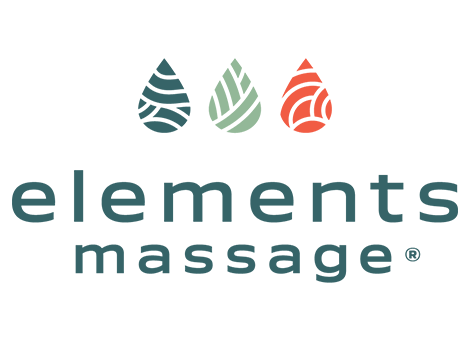Massage therapy, a comprehensive intervention involving a range of techniques to manipulate the soft tissues and joints of the body, has been widely used to alleviate pain, reduce stress, and improve general well-being. A regular, monthly massage regimen may also prove beneficial in maintaining and improving muscle tone, which is crucial for overall physical fitness and function. This article will delve into the scientific evidence behind massage's role in improving muscle tone.
Massage and Muscle Tone
Muscle tone, in the context of fitness and health, refers to the condition of your muscles. Healthy muscles are firm and appear well-defined when at rest. Regular massage therapy can contribute to improved muscle tone by enhancing blood circulation, reducing muscle tension, and promoting muscle fiber repair.
Enhanced Blood Circulation
Massage therapy stimulates blood flow in the targeted muscle areas. Increased circulation delivers more oxygen and nutrients to the muscles, which aids in recovery and regeneration, ultimately leading to improved muscle tone (Weerapong, Hume, & Kolt, 2005). (Read more...)
Muscle Tension Reduction
Chronic tension in muscles can lead to tightness, which may negatively impact muscle tone. Massage therapy can reduce muscle tension, helping muscles to relax and maintain their natural tone (Field, 2014). (Read more...)
Promoting Muscle Fiber Repair
Massage may also stimulate mitochondrial biogenesis in muscle fibers, promoting their repair and growth, contributing to improved muscle tone (Crane et al., 2012). (Read more...)
Scientific Studies on Massage and Muscle Tone
In a study by Crane et al. (2012), a single session of Swedish massage increased the size and number of mitochondria in human skeletal muscle, indicating enhanced muscle cell function and potentially improved muscle tone.
Munk and Zanjani (2008) conducted a study on the effects of massage on muscle tone in healthy subjects. They found that muscle tone and stiffness significantly reduced after massage, suggesting improved muscle condition.
Concluding Thoughts
It is important to note that while massage can contribute to improved muscle tone, it is most effective when combined with regular physical activity and a balanced diet.
More research is needed to fully understand the mechanisms by which massage therapy improves muscle tone and to determine the optimal types and frequencies of massage for this purpose.
References
- Crane, J. D., Ogborn, D. I., Cupido, C., Melov, S., Hubbard, A., Bourgeois, J. M., & Tarnopolsky, M. A. (2012). Massage therapy attenuates inflammatory signaling after exercise-induced muscle damage. Science Translational Medicine, 4(119), 119ra13-119ra13.
- Field, T. (2014). Massage therapy research review. Complementary therapies in clinical practice, 20(4), 224-229.
- Munk, N., & Zanjani, A. (2008). The effects of massage on muscle tone and proprioception: A randomised-controlled trial. Journal of bodywork and movement therapies, 12(3), 238-242.
- Weerapong, P., Hume, P. A., & Kolt, G. S. (2005). The mechanisms of massage and effects on performance, muscle recovery and injury prevention. Sports Medicine, 35(3), 235-256.

